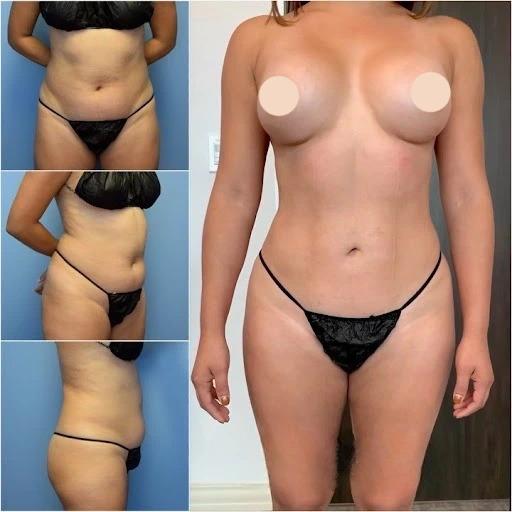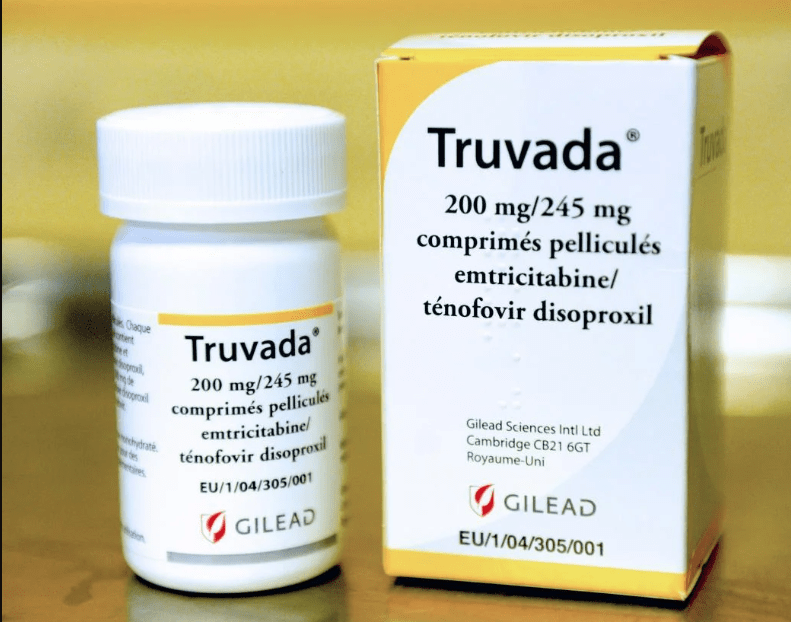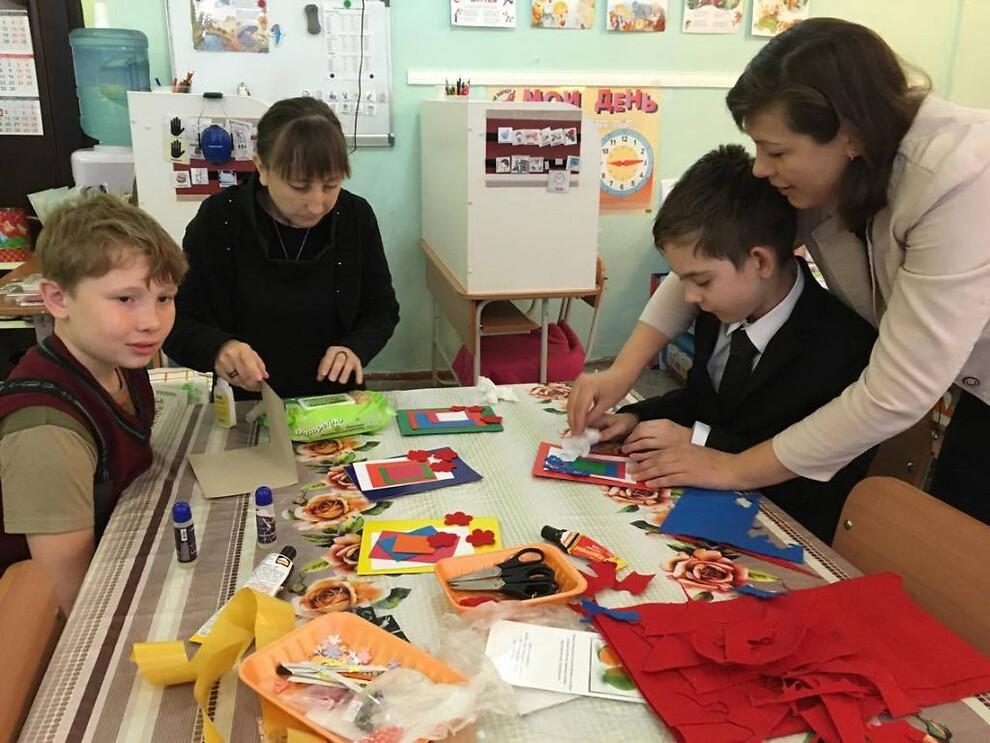Body contouring is a popular cosmetic procedure that aims to reshape and improve the appearance of the body. While it can produce remarkable results, one aspect that concerns many patients is scarring. In this article, we will explore the nature of scarring after body contouring, discuss the healing process, and provide tips for managing and minimizing scars. We will also consider the costs associated with body contouring and the role of before-and-after images in setting expectations.
The Nature of Scarring After Body Contouring
Scarring is an inherent part of any surgical procedure, including body contouring Dubai. The extent of scarring depends on the type of procedure, the surgeon’s technique, and individual healing factors. Common body contouring procedures like tummy tuck surgery, liposuction, and body lifts involve incisions, leading to varying degrees of scarring.
The key to understanding scarring lies in recognizing that scars are a natural response to surgical incisions. Initially, scars are often red or pink, raised, and may feel firm to the touch. Over time, they typically soften and fade, becoming less noticeable. However, some factors, such as genetics, skin type, and the surgical site’s location, can influence how prominent a scar becomes.
The Healing Process
The healing process after body contouring involves several stages. Here’s what to expect:
- Immediate Post-Surgery:
- After surgery, the incisions are closed with sutures, and the surgical area is covered with bandages or dressings. During this time, swelling and bruising are common, and scars may appear more pronounced due to inflammation.
- Weeks 1-6:
- During the first few weeks, the initial swelling begins to subside. Scars may still be red or pink, and it’s essential to follow your surgeon’s aftercare instructions to promote proper healing. Compression garments are often recommended to help reduce swelling and support the healing process.
- Months 2-6:
- As the healing progresses, scars start to flatten and fade. This is the time when patients can begin using scar reduction products, such as silicone sheets or creams, to help improve the appearance of scars.
- After 6 Months:
- By this stage, scars are typically less noticeable and continue to improve over time. However, the final appearance of a scar can take up to a year or longer to fully develop.
Managing and Minimizing Scarring
Although some degree of scarring is unavoidable, there are steps you can take to minimize its appearance and promote healing:
- Follow Aftercare Instructions:
- Adhering to your surgeon’s post-surgery care instructions is crucial. This includes keeping the surgical area clean, avoiding excessive movement, and wearing compression garments as directed.
- Use Scar Reduction Products:
- Silicone sheets or gels are commonly recommended for reducing scar visibility. These products help flatten scars and improve their texture.
- Protect Your Skin from the Sun:
- Sun exposure can darken scars, making them more noticeable. Use sunscreen with a high SPF and cover the surgical area when outdoors.
- Consider Laser Treatments:
- Laser therapy can help reduce the appearance of scars by stimulating collagen production and breaking down scar tissue. Consult with a dermatologist or cosmetic surgeon to explore this option.
- Stay Hydrated and Eat a Balanced Diet:
- Proper nutrition and hydration can support the healing process and promote healthier skin.
Costs of Body Contouring
The cost of body contouring in Dubai varies depending on the type of procedure, the surgeon’s experience, the clinic’s location, and other factors. On average, body contouring procedures can range from a few thousand to several thousand dollars. It’s important to remember that while cost is a consideration, the quality of care and the surgeon’s expertise should be the primary focus.
Role of Before-and-After Images
Before and after body contouring images play a significant role in setting expectations for body contouring. They offer a visual representation of what can be achieved and help patients understand the potential outcomes. However, it’s crucial to view these images with a discerning eye. Look for consistent lighting, similar poses, and a variety of body types to get a realistic sense of the results.
Conclusion
Scarring is a natural part of the 360 body contouring process, but with proper care and the right approach, its impact can be minimized. Understanding the healing stages, following aftercare instructions, and taking steps to promote healthy skin can all contribute to better outcomes. While the cost of body contouring may vary, the investment in a skilled surgeon and reputable clinic is key to achieving the best results. Before-and-after images can be a helpful guide, but they should be used as one of many tools in making informed decisions about body contouring.






